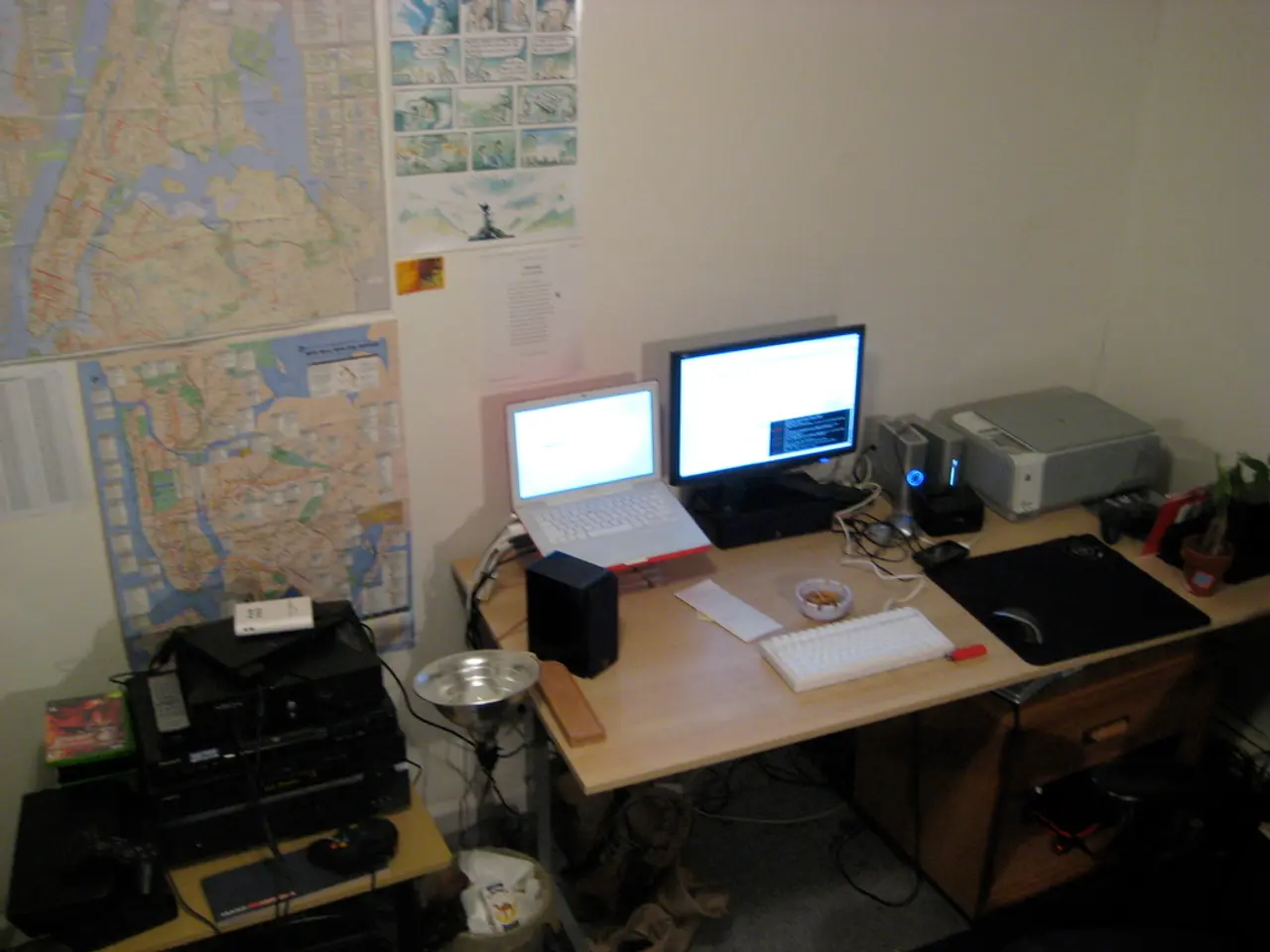The Beginnings of Modern Technology: Unveiling the Shocking Origins of Current-Day Computers in the 1970s
================================================================================================
The 1970s marked a transformative era in the world of technology, as computers began to play an increasingly significant role in education and business. This period saw the advent of microprocessors, significant hardware innovations, the rise of personal computers, and foundational software advances that had profound impacts on these sectors.
Microprocessor Invention and Evolution
The early 1970s witnessed the introduction of the microprocessor, with the Intel 4004 in 1971 being the first 4-bit processor to integrate the CPU onto a single chip. This groundbreaking development drastically reduced computer size and cost, paving the way for the microcomputer era. The Intel 8080, launched in 1974, was an 8-bit processor that further boosted computing power and accessibility, enabling the development of early personal computers such as the Altair 8800 and Apple I.
Notable Computers
The Altair 8800, based on the Intel 8080, is often credited as the first widely recognized personal computer, creating a market for hobbyists and innovators. Apple Computer, founded by Steve Wozniak and Steve Jobs, created the Apple I in the late 1970s, leveraging these processors and contributing to the personal computing movement. Other notable computers included minicomputers from companies like Digital Equipment Corporation, which served labs and businesses with smaller, cheaper alternatives to mainframes.
Software Innovations
Microsoft emerged as a significant player in the software industry during this period, with contributions such as Microsoft BASIC, the dominant programming language for microcomputers in the late 1970s. They also developed software like Typing Tutor and MuMATH, supporting education and business math needs, and created the Z-80 SoftCard for Apple II to run the CP/M operating system—a major business platform at the time. Microsoft’s early foray into operating systems included Xenix, a Unix variant adapted for microcomputers, and Microsoft Word, which pioneered the WYSIWYG interface concept derived from 1970s research.
Impact on Education and Business
The lowering costs and increased accessibility of computers enabled their introduction into educational settings, providing new tools for instruction (like typing tutors and math software) and expanding computer literacy. In business, microcomputers allowed for decentralized computing power, leading to improved productivity and new applications in data management, accounting, and word processing, moving away from reliance on large mainframes and offering greater flexibility.
In summary, the 1970s were pivotal due to the microprocessor revolution that spurred the creation of the first personal computers and software tailored for widespread use, dramatically influencing both education and business by making computing more accessible, affordable, and versatile.
Read also:
- Internet users in Hyderabad suffer as power utility disables broadband cables: COAI reports
- Top 15 Pivotal Risks to Mobile Application's Security
- Revising the title: Redefining "Bring Your Own Device" Policies for a Secure and Flexible Workspace in the Hybrid Work Environment
- "Global VPN Day: Is it a shield for privacy or a gap needing sealing? Exploring the implications"








